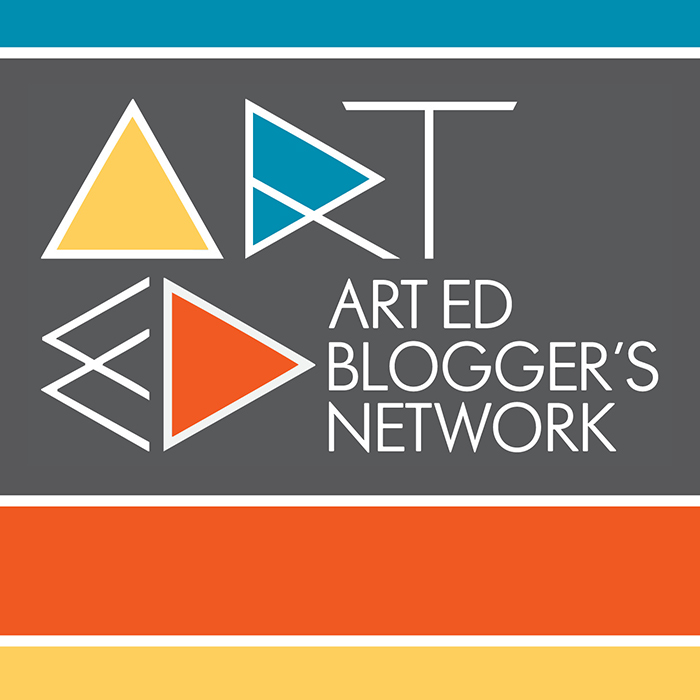Please check out my previous article, "Ideas for Early Finishers" from Arts & Activities Magazine
Your students are in the middle of a project, but some of them are starting to approach you with finished artworks. There are quite a few options you have for your early finishers that would work for you and your students.
Encourage students to enhance their pieces. If your students followed all the objectives and finished far ahead, encourage your student to add more. Sometimes those extra finishing touches can make your student’s piece stand out! This is a good opportunity to do a formative assessment with your students to help them see their work from different perspectives.
Use this time for students to write artist statements or self reflections. Since our school uses Artsonia, I have students include an artist statement along with their artworks. If you use Artsonia, consider using the student mode for students to add their statements directly to their artworks. You can also use Google Classroom with the intermediate grade levels, which makes it easy to copy and paste artist statements into Artsonia.
Create worksheets related to the project. This also works as a good wrap up to a unit! For many of my projects, I utilize worksheets to help build upon the objectives of the lesson.
Create a resource center. A resource center provides additional materials for students to use independently until all the students have completed their work. Your resource center can be as small as a bin on your cart, or as large as a shelving unit in your room. In my room, I have an art library shelving unit filled with many options for students to use once they have finished with everything listed above. Your resource center can hold many of the items listed:
Coloring pages are not just for the kindergarteners! Even though I encourage the kindergarteners to practice coloring in the lines, all grade levels enjoy time to just color without worry.
Blank paper is always good to have on hand. There will always be a handful of students to want to use the time to practice their own drawing skills, and what better way to help inspire them to use “How to Draw” books.
Scrap paper is another resource to have on hand since many kids enjoy making their own collages. After trimming down paper for project sizes, I always have a pile of multicolor scraps that students love to use. And if you teach them paper sculpture? Your scrap bin will empty out faster than you know!
Art games can be fun and educational, without disturbing other students to are completing their artworks. I have a bin in the art library containing games that students can play with two or more people, such as Art Lingo (a visual bingo that helps students with their art vocabulary), Hue Knew! (to help students match colors), Tangoes shape puzzles, and art puzzles. The games are labeled in baggies for easy clean up with the art class is finished.
Art-inspired books are also a good resource to have in your stash. Students love to borrow books from the art library, and many times, I catch them creating their own artworks inspired by the books they read!
What do you do for your early finishers?

Participating Art Teacher Blogs:
- Art Class Curator - Artists That Inspire
- Art Ed Guru
- Art is Basic
- Art Room Blog
- Art with Mr. E
- Artful Artsy Amy
- Capitol of Creativity
- Create Art with ME
- MiniMatisse
- Mr. Calvert's Art Room Happenings
- Mrs. Boudreaux's Amazing Art Room
- Mrs. T's Art Room
- Party in the Art Room
- shine brite zamorano
- Tales from the Traveling Art Teacher
- Mona Lisa Lives Here
- Art Teacher Tales
- Ms Nasser’s Art Studio
- Arte a Scuola
- There's a Dragon in my Art Room












